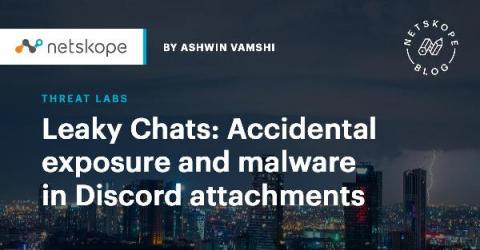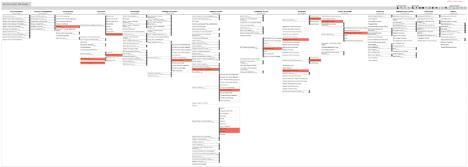Apple-Notarized Malware: What It Is and How It Affects Mac Users
Malicious actors are targeting Apple. Although Apple introduced a notarization mechanism to scan and prevent malicious code from running on Apple devices, attackers have found ways to circumvent this process. Such Apple-notarized malware constitutes a threat to macOS users. Let us start by exploring what Apple notarization is. We will then discuss some recent examples of Apple-notarized malware and some prevention techniques.









